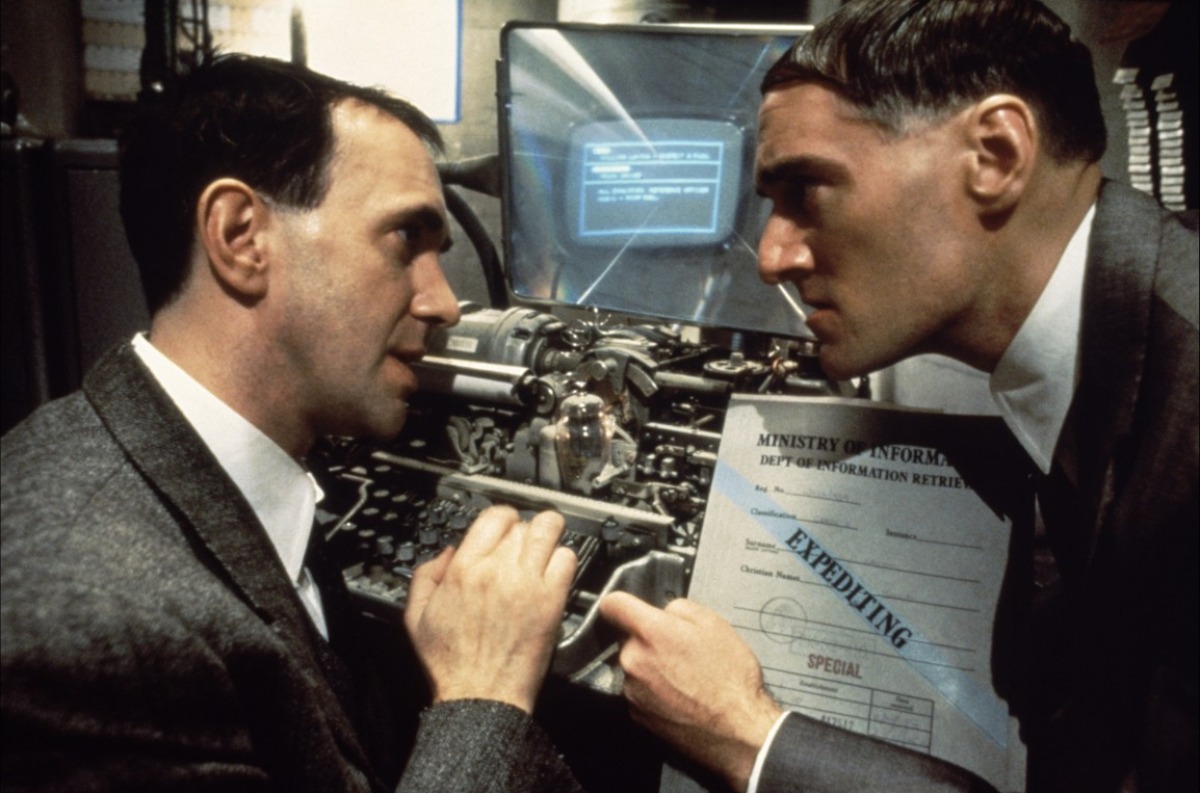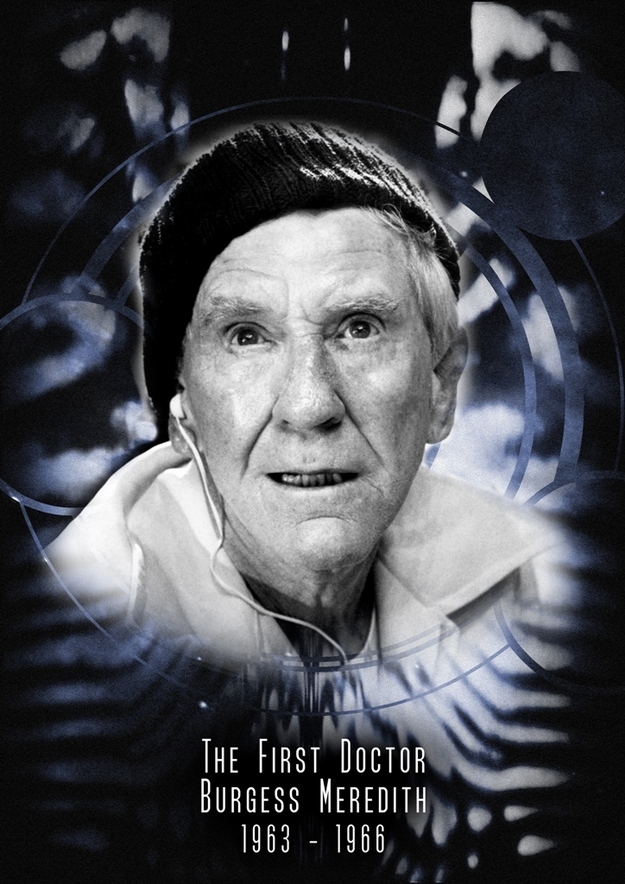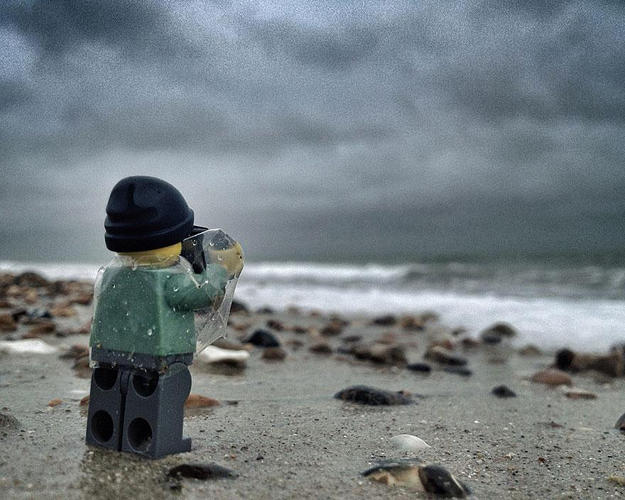

Making the rounds today: Cornell professor Emin Gün Sirer gives his take on Bitcoin and what happened with Mt. Gox, the world’s largest Bitcoin exchange, where over $400 million recently disappeared. “Human history is full of people who were entrusted with valuables, who then absconded with them…Chances are that this is a simple case of theft, involving at least one insider.”
Also note the conclusion: “If one must pick a cryptocurrency, the lowly dogecoin, of all things, is doing everything right. It’s based on economic principles that provide the right incentives for a healthy economy. The community does not take itself seriously. Most importantly, no one pretends that Doge is an investment vehicle, a slayer of Wall Street, or the next Segway. No one would be stupid enough to store their life savings in Dogecoins. And people freely share the shiba goodness by tipping others with Doge. So, young people who are excited about cryptocurrencies and want to get involved: Dogecoin is where the action is at. Much community. So wow.”












